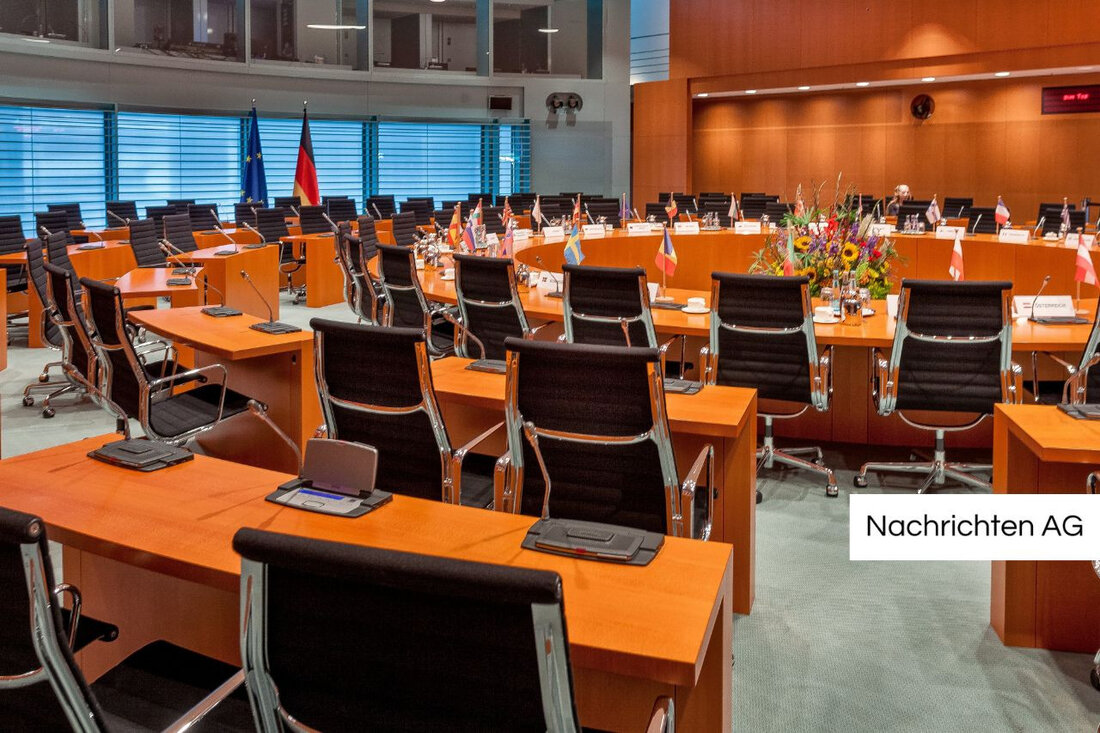Women in politics: Why the proportion continues to drop!
Women in politics: Why the proportion continues to drop!
In the heart of political discussions in Germany, the question of equality and representation of women in our parliaments is. Despite the right to equality for gender in all areas of life, including politics, the proportion of women in the political bodies remains a hot iron. While the proportion of women in the Bundestag was around ten percent until the 1980s, it has undergone ups and downs since then. A knowledge that the Quarks platform drives urgently: The proportion of women for the first time exceeded the 30 percent hurdle in 1998, but has been stagnating in about a third for over 20 years, which in a current view of Federal Foundation Equality is classified as questionable.
A reason for the continued low proportion of women could be in the traditional role ideas of society. These ideas meant that women were often responsible for the private individual, while the areas of public and politics were more likely to be reserved for men. Historically, women in Germany in 1918 achieved the right to vote with the Reich election Act. That was a milestone, but these traditional stereotypes continued to contribute to the structural disadvantage of women in politics. In particular, conservative parties in particular are often averse to allowing change in this regard, as can be seen from the last reports of [bpb] (https://www.bpb.de/shop/zeitschratzen/apuz/277335/schechtergerechte-rpraesentation-in-historischer-und-international-perspective.
changes in the political landscape
With the adventure of more progressive parties, such as the Greens, the proportion of women has increased in the political offices. The Greens' move into the Bundestag led to the proportion of women increasing to over 30 percent, which is significant progress. However, maximum stalls were also replaced by a decline, for example after a legislative period in which the proportion of women was 37.1 percent.
According to current numbers, the proportion of women in the Bundestag is currently around 30 percent and varies greatly between the various political factions: the SPD has a proportion of women of 42 percent, while the AfD is only 10.6 percent far behind. This is also evident in the state parliaments, where the proportion of women fluctuates between 24 and 41 percent. At the municipal level, only 25 percent women among the mandate carriers look rather poor overall. This imbalance not only disappoints numerous citizens: inside, but also throws a light on the need to question political structures and the associated interests.
outlook and measures to promote equality
The discussion about the introduction of legal odds has long since flared up. Some federal states have already taken steps to achieve parity in parliaments, but implementation often leaves something to be desired. In addition, the question arises how women's interests can be better represented in politics. Instruments such as gender mainstreaming and gender budgeting are up for debate to emphasize the equality of gender. Nevertheless, according to [bpb] (https://www.bpb.de/shop/zeitschratten/apuz/277335/schechtergerechte-rpraesentation-in-historischer-und-international-perspective, progress in political representation is still a challenge.
In summary, it can be said that despite the progress in equality policy, a good part is still ahead of us. It is important that all social actors pull together and eliminate the structural barriers that prevent women from being involved in political participation. This is the only way to implement the representation of all social groups in politics. Women in politics are not only an important concern of our time, but also the key to a fair and democratic society in which all voices really belong.
| Details | |
|---|---|
| Ort | Deutschland |
| Quellen | |


Kommentare (0)